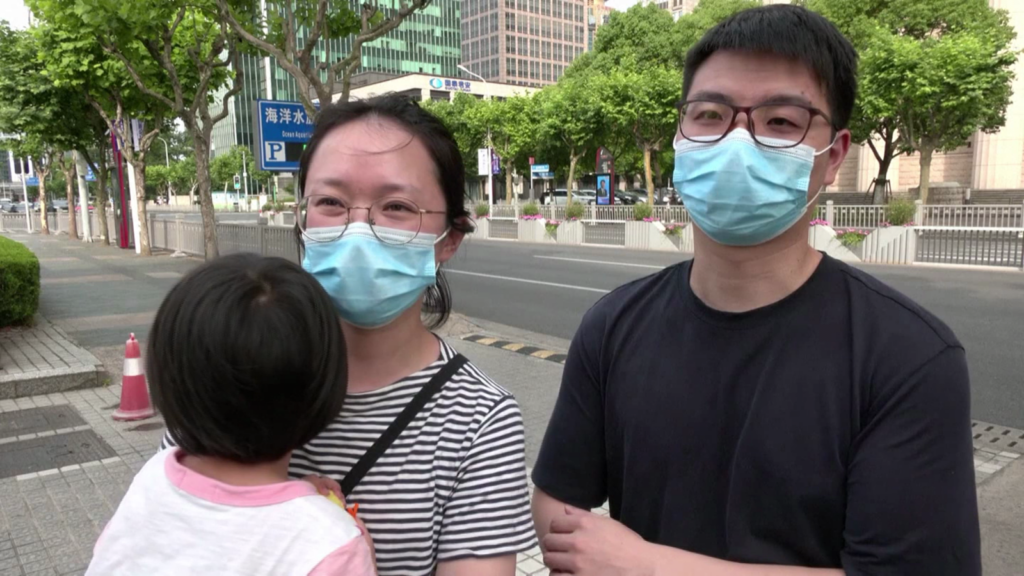Analysis: China’s birthrate just hit another record low. But the worst is yet to come

There were only 8.5 births per 1,000 people in China last year, according to the latest Based on the most recent data published by local governments in China, He predicts the number of newborn babies to be between 9.5 million and 10.5 million this year. Given there has been an average of about 10 million deaths annually in recent years, “if the number of newborns is near the lower limit of the prediction, that means the population is bound to register negative growth,” He wrote.Dwindling birthrate is a problem faced by many countries, but in China, the decline has been particularly steep due to its decades-long one-child policy.To arrest the falling birthrate, the Chinese government announced in 2015 that it would allow married couples to have two children. But after a brief uptick in 2016, the national birthrate has been falling year on year, prompting authorities to An aging society also puts tremendous pressure on the country’s younger generation, which is already Another much-needed policy change is to increase daycare centers for young children, Liang said. Currently, only 5% of Chinese children under 3 years old use daycare services, and only 20% of those services are run by the government, according to Xinhua.But there are also more deeply-rooted structural problems to be addressed. China’s high property prices and rising education costs, especially in big cities, have frequently been cited in surveys as the top factors preventing couples from having more children.Both sectors have been thrust into the spotlight this year, with the debt crisis surrounding property giant Evergrande and the Chinese government’s sweeping crackdown on the private tutoring industry.While the government has never directly admitted it, its crackdown on after-school classes — which have placed huge pressure on children and growing financial burden on parents — is widely perceived by the public as part of the broader effort to boost the country’s birthrate. Liang said the measure is only “addressing the symptom,” and will be hard to enforce in the long run, as people can always find ways to hire a private tutor.”I think the long-term solution probably will be to change the college entrance regime,” he said, referring to the notoriously tough and competitive exam that millions of Chinese students take every year to get into universities, in the hope of securing a good future.Such interventionist measures are likely to be the first of many. After years on the fence, the government is now keenly aware of the severity of the problem — and has showed ample resolve to fix it. Realistically, the most optimistic scenario for China is to have a fertility level similar to that of Europe, at around 1.6 or 1.7, Liang said. “But that’s very hard. You’re talking about spending 5% of GDP (to encourage childbirth), or fixing the housing problem and the education problem,” he said. “In fact, just maintaining 1.3 is not easy.”





